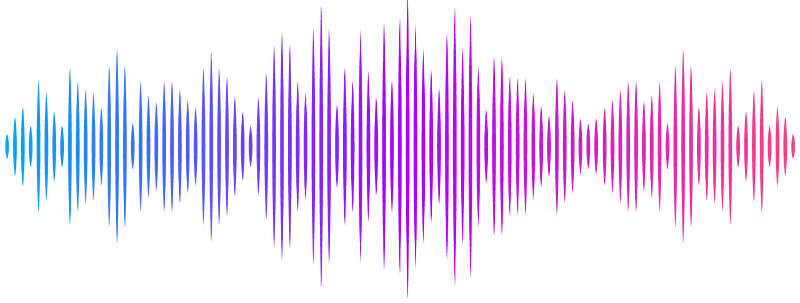The classical MHC class I and II genes of O. m. formosanus exhibit different polymorphism levels

The classical MHC class I and II genes of O. m. formosanus exhibit different polymorphism levels
Zhang, Z.-W.; Fugmann, L. A.; Yang, S. Y.; Gwo, J.-C.; Fugmann, S. D.
AbstractOncorhynchus masou formosanus (Formosa landlocked salmon) is a salmonid fish endemic to Taiwan with a critically endangered extant small population in high-altitude mountain streams. To begin to assess the remaining genetic diversity we characterized the single classical MHC class I (UBA) and MHC class II (DAA and DAB) genes of teleost fish in a small cohort of eight unrelated O. m. formosanus individuals. We focused on the exons encoding the peptide binding regions of these complexes as they are considered the most highly polymorphic regions in vertebrate genomes. Surprisingly, the DAA and DAB genes appeared homozygous and identical among all eight fish indicating that the encoded class II complex is monomorphic. In contrast, three distinct UBA alleles were discovered with one dominant allele present in every single individual. Notably, 75% were heterozygous indicating a selective advantage of heterozygosity at this locus. Lastly, our MHC alleles differ from those present in the genome of the closely related Japanese O. m. masou, suggesting that the loss of DAA/DAB diversity and the emergence of the dominant UBA allele occurred after their populations were isolated. Together we discovered residual genetic diversity at the classical MHC class I locus in O. m. formosanus and maintaining this allelic variation unlike the homozygous DAA and DAB genes is likely important for its survival in its geographically restricted unique habitat.